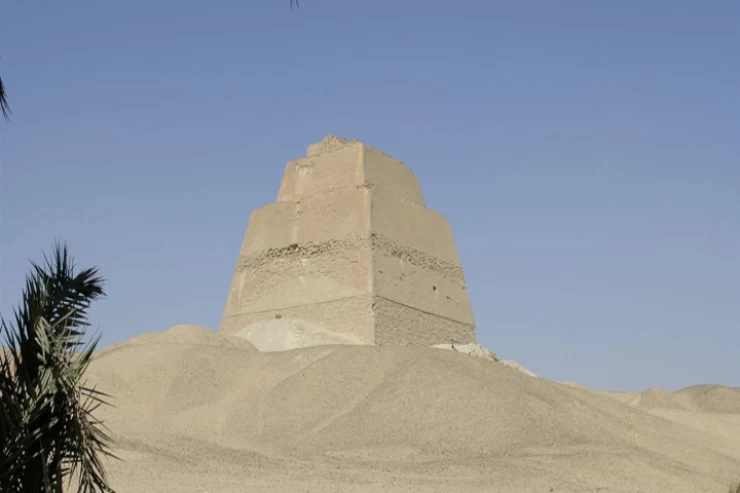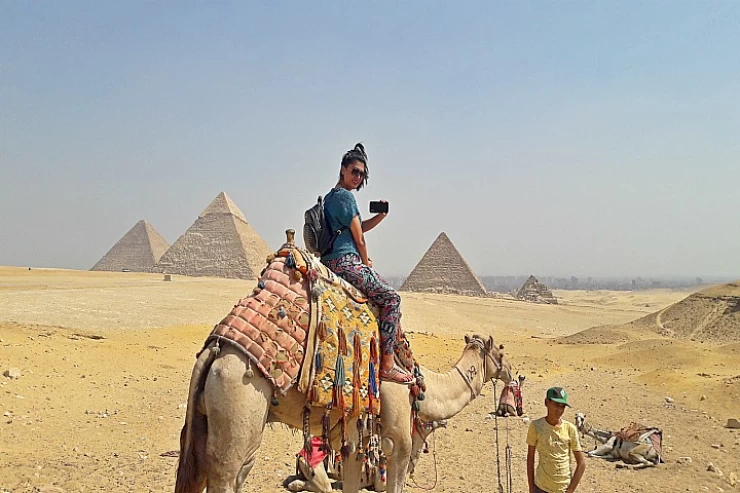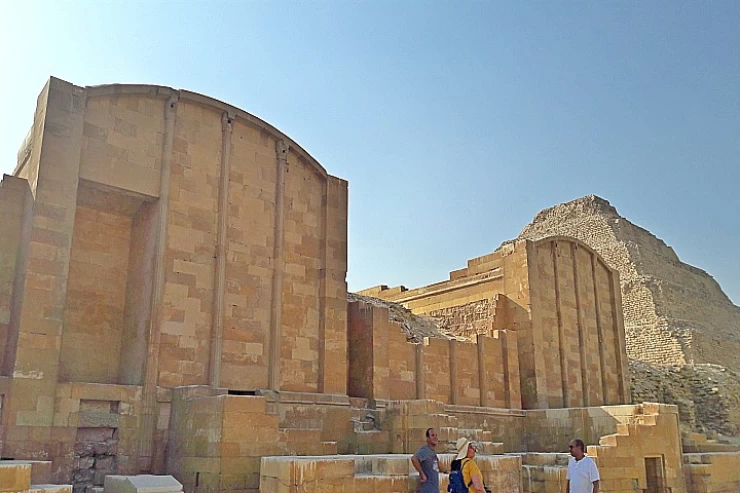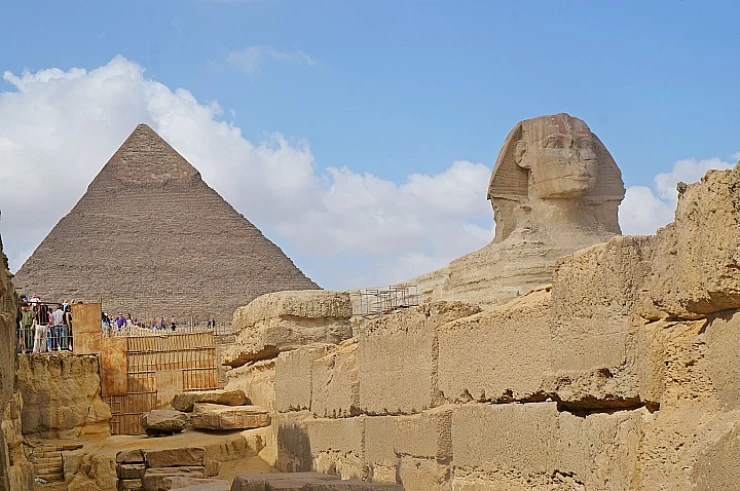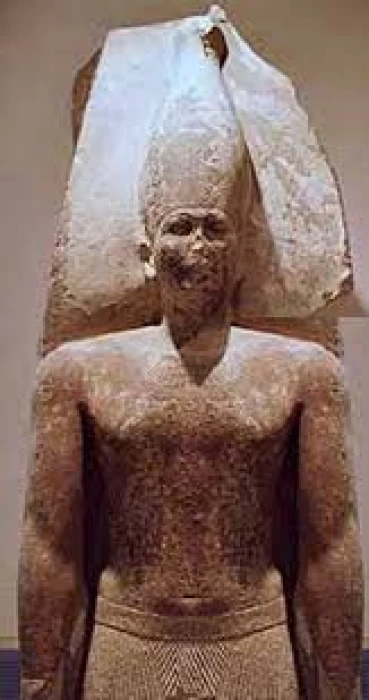
King Snefru | The Fourth Dynasty’s Founder
King Snefru was the first king of the Fourth Dynasty which began after the Third Dynasty without knowing the reasons behind its end. He is one of the most famous kings in the era of the pyramid builders, The king is the father of King Khufu the renowned pharaoh of the Great Pyramids in Giza.
The Great Pyramids of Khufu are the only remaining wonder of the ancient world. King Snefru started the first pyramid in Beni Suef in the Meidum area; In addition, he was the only king who built 4 pyramids and remains that you can discover through Cairo Day Tours in Egypt. Besides, two famous pyramids in the area of Dahshur near Giza are called the "Bent Pyramid" and the "Red Pyramid".
The importance of pyramids are the first complete pyramids because they were not stepped or broken. Concerning the personality of the great King Snefru, he was called “The beloved king” This is because the ancient Egyptians referred to King Sneferu during his reign and in the following eras, and they also called him "the merciful king" and "the benevolent king"; This was due to being close to them.
He was affectionate and merciful towards them, in addition to the prosperity of life, high- economic level, and social justice that characterized his reign - which lasted for nearly 25 years. Join Egypt trips and discover the best tours to go deeper into Egyptian History to learn more about the great Egyptian kings and queens. Foreign trade had been expanded during his rule; besides, he strengthened his external authority outside Egypt. Be ready for a new adventure with the Egyptian Pharaohs through Egypt Classic Tours to explore the hidden secrets of the Egyptian Kingdom.
Really, when one speaks of King Snefru, the founder of the 4th dynasty, the mention of the construction of three, if not four, pyramids suffices. Termed the greatest builder of Ancient Egypt, he indeed built monuments of magnificence that tell of his reign even when little is revealed by history.
This is the son of Huni, the last ruler of the 3rd dynasty, and Queen Meresankh, whose second husband was King Huni. To lay a stronger claim to the throne, Snefru married his half sister. She later became the mother of Queen Hetepheres, who bore Cheops (Khufu), the most renowned king of ancient Egyptian history and the builder of the Great Pyramid of Giza, which continues to attract countless tourists on the Giza Pyramids tour.
The two pyramids at Dahshur, near Saqqara, are attributed to King Snefru, while the pyramid of Meidum remains a subject of debate. According to a widely accepted theory, the Meidum pyramid originally belonged to his father, Huni, but Snefru transformed it. During his reign, the cartouche—a distinctive oval enclosing the king’s name—appeared for the first time, replacing the traditional serekh, a square design previously used. The serekh can still be seen on the Narmer Palette, displayed in the Egyptian Museum in Cairo, which commemorates King Menes’ victory unifying Upper and Lower Egypt and marking the beginning of the dynastic period with the 1st dynasty.
Reigning for approximately fifty years, Snefru had the time to construct and complete three monumental pyramids, earning the title "the greatest pyramid builder of all time." These structures, collectively containing over three and a half million cubic meters of stone, surpass the volume of the Great Pyramid of Giza. While it may seem unusual for a king to have multiple tombs, this might be explained by the technical challenges faced during the construction of his earlier pyramids, prompting him to build a third in perfect form.
This approach contrasts with that of Imhotep, who constructed King Djoser’s Step Pyramid incrementally to ensure a tomb was always ready in case of the pharaoh’s sudden demise. A similar situation occurred in the Middle Kingdom when Amenemhat III built two pyramids, with the second being technically superior to the first. It is also possible that Snefru desired multiple memorials in addition to his primary tomb.







